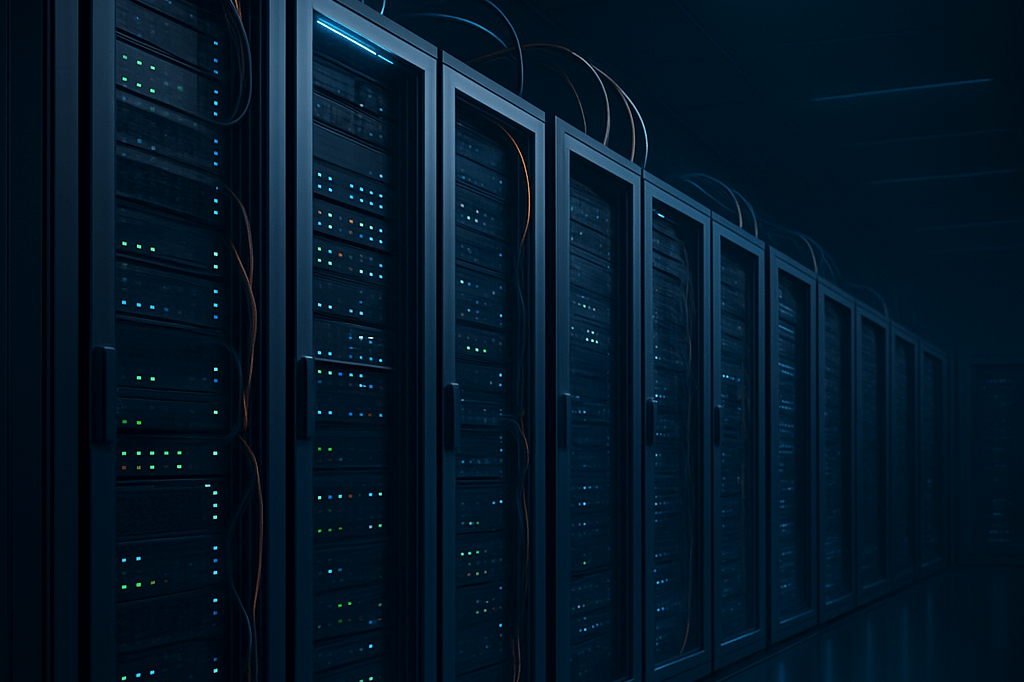17 June 2025
Choosing the Right Fit: Understanding Tier 3 and Tier 4 Data Centers and Their Value to Customers
Choosing the Right Fit: Understanding Tier 3 and Tier 4 Data Centers and Their Value to Customers
In today’s data-driven business landscape, data centers are no longer seen as mere storage facilities. They have become the backbone of digital operations. As the demand for reliability and efficiency increases, choosing the appropriate tier of data center becomes critical. Among the available classifications, Tier 3 and Tier 4 are the most frequently considered. Each tier offers a distinct level of system performance and reliability, with clear differences in design, cost, and customer benefits.
What Differentiates Tier 3 and Tier 4?
Data center classification standards are generally based on guidelines from the Uptime Institute. A Tier 3 data center is built to maintain operations during planned maintenance. This is made possible by the presence of redundant components, such as backup power and cooling systems.
On the other hand, a Tier 4 data center is engineered for complete fault tolerance. Its infrastructure is designed with fully isolated, duplicated systems that can continue to function even if one system fails unexpectedly. This level of redundancy ensures the highest level of availability.
Technical Comparison at a Glance
Cost Considerations: Why Tier 4 Comes at a Premium
Unsurprisingly, higher reliability comes with a greater financial commitment. A Tier 4 data center requires significant investment—from technical planning and infrastructure procurement to day-to-day operations. The need for two fully independent infrastructure paths means total costs can be 30% to 50% higher than Tier 3 solutions.
However, businesses that depend on uninterrupted uptime often view these costs as part of a broader risk mitigation strategy, rather than merely operational expenses.
Key Benefits for Tier 4 Customers
Maximum Availability
Near-zero downtime is essential for mission-critical systems such as financial transactions, digital healthcare services, and government platforms.Data Loss Protection
With automated failover systems, the risk of data loss due to system failure is drastically reduced.Enhanced Business Reputation
Utilizing Tier 4 infrastructure reflects a company’s strong commitment to customer trust and service continuity.Regulatory Compliance
Industries such as banking and fintech often require strict service level agreements (SLAs). Tier 4 meets these high standards consistently.
Is Tier 3 Still Relevant?
Absolutely. Not all organizations operate 24/7 or require extremely high SLAs. For mid-sized companies or tech startups, Tier 3 offers a balance between cost-efficiency and system availability.
With appropriate risk management and operational planning, Tier 3 remains a reliable option for supporting digital business activities across a wide range of sectors.
Final Thoughts
Choosing between Tier 3 and Tier 4 is not just a technological decision—it is a strategic business choice. Tier 4 delivers unmatched performance, albeit at a higher investment. Tier 3, meanwhile, continues to be a practical and robust solution for businesses looking to optimize resources without compromising service quality.
The best decision comes from a thorough understanding of operational needs, customer expectations, and a company’s risk management capabilities.
Is this information helpful?
